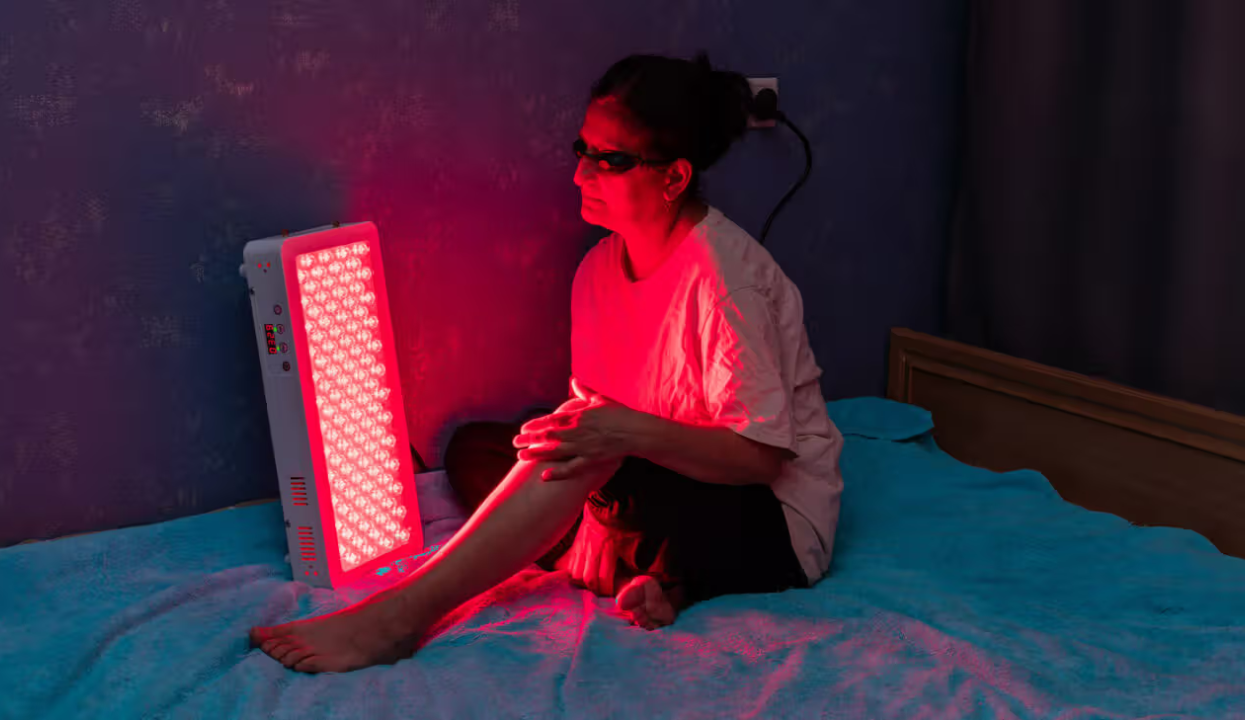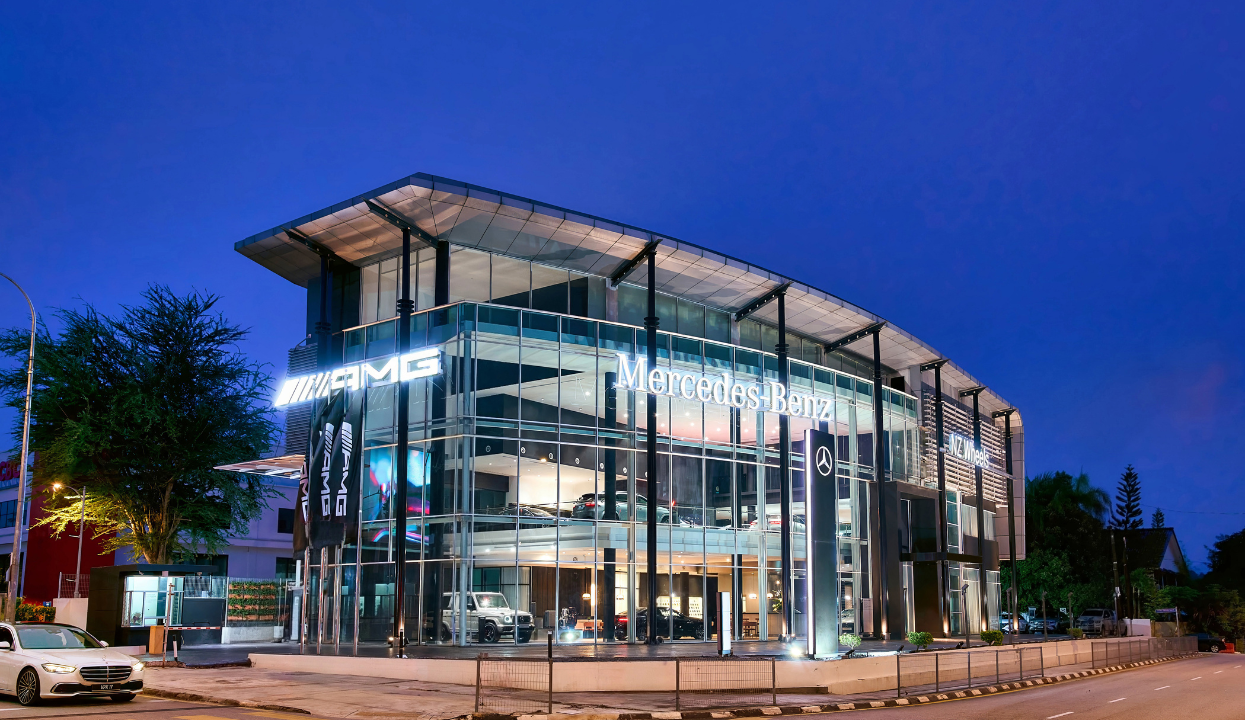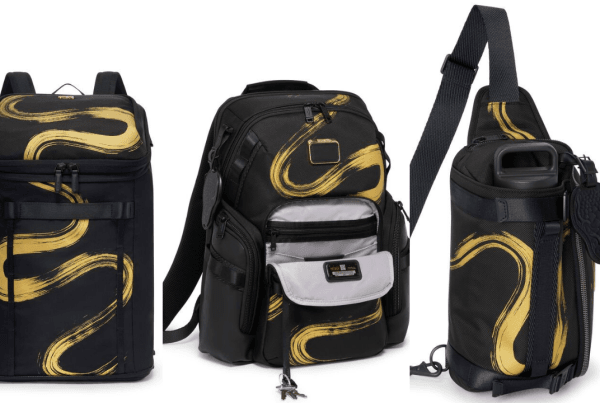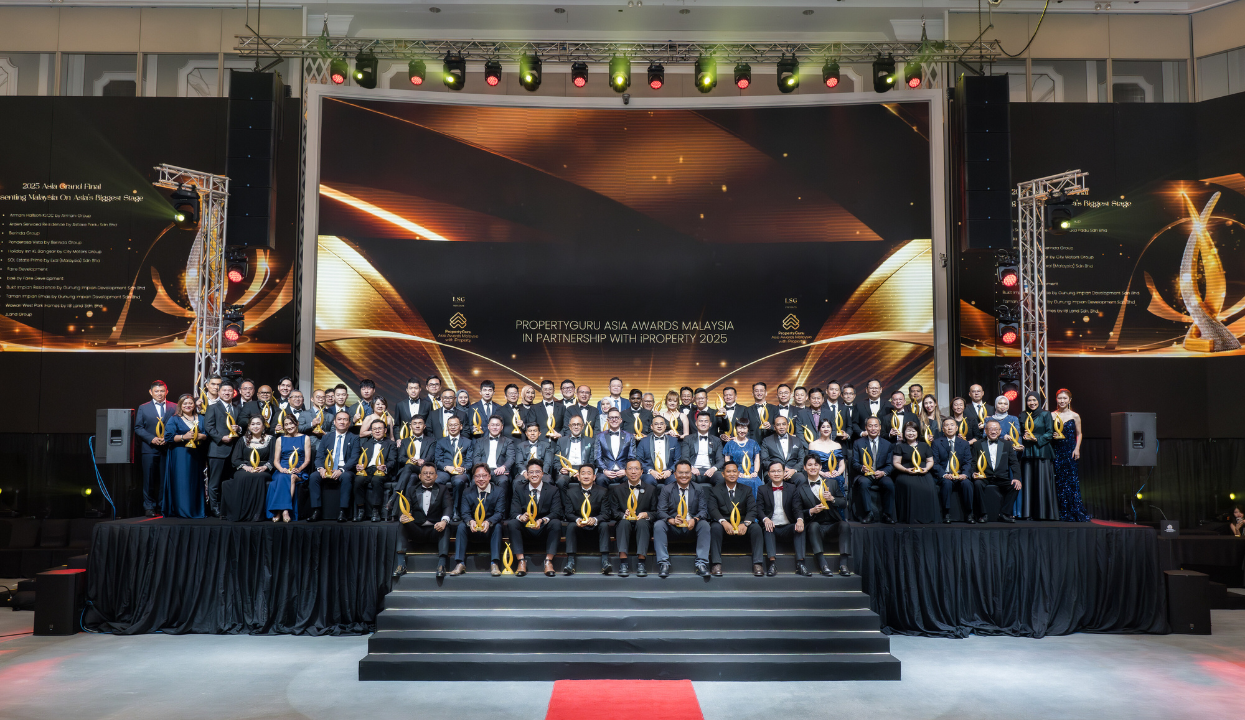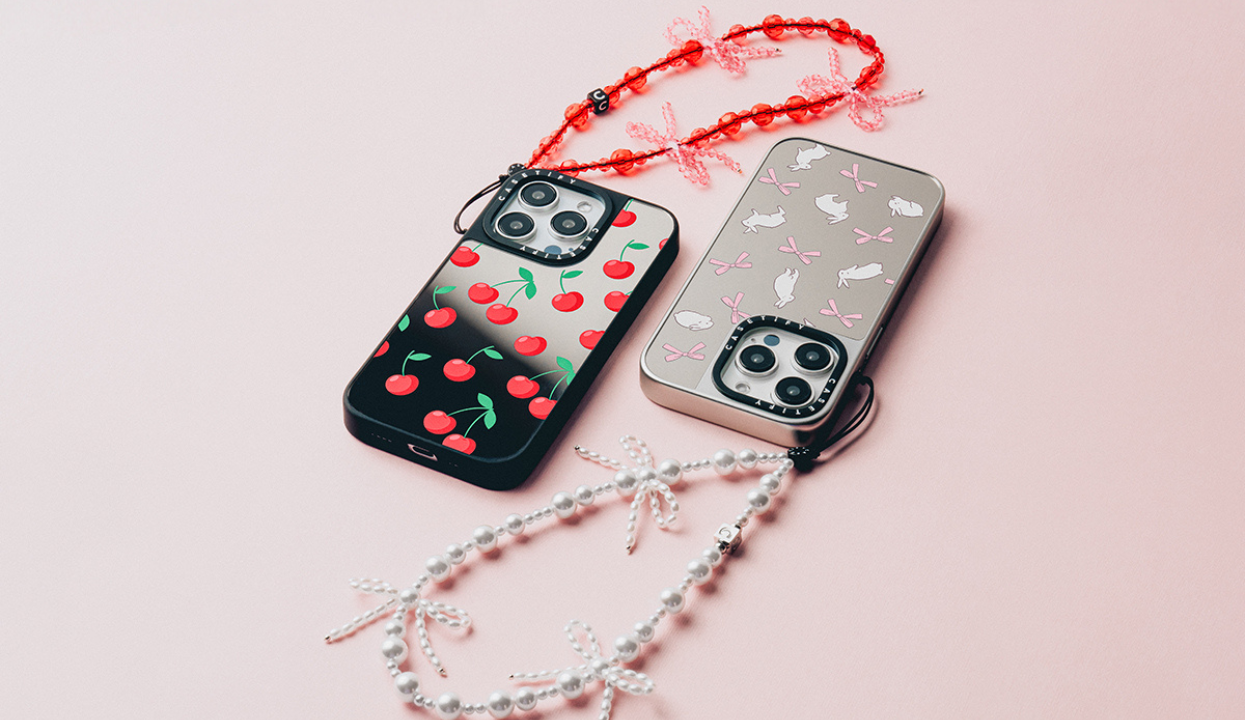Perhaps you’ve already heard about it, or maybe it’s entirely new to your ears, but red light therapy has seen a remarkable resurgence as a popular wellness trend recently. While it’s been coined a “trend,” many wellness enthusiasts believe that red light therapy shouldn’t just be a passing fad, but instead, a staple in your daily lifestyle. So, what exactly is this intriguingly-named “red light therapy” everyone’s been talking about?
Understanding Red Light Therapy

*Picture taken from BrownHealth.org
Red light therapy (RLT), also known as low-level laser therapy (LLLT) or photobiomodulation, is a type of phototherapy that may help treat various conditions, including skin issues, inflammation, and muscle pain. Essentially, it’s a non-invasive treatment that uses low levels of red and near-infrared light to promote your body’s natural healing processes. To put it simply, RLT directs low levels of red light towards your skin and cells. It’s believed to work by boosting the production of mitochondria, which are essentially the energy sources of your cells. This increased energy can then improve cell function and kickstart repair processes.
How Does Red Light Therapy Work?

*Picture taken from UCLAHealth.org
During a red light therapy session, you expose your skin to a lamp, device, or laser that emits specific wavelengths of red and near-infrared light, typically using an LED (light-emitting diode). These wavelengths penetrate the skin and are absorbed by your cells’ mitochondria – those powerful “powerhouses” of the cell. This absorption then stimulates cellular activity, significantly increasing the production of ATP (cellular energy), which in turn leads to improved cell function and repair. This is why it’s sometimes used to treat surface skin conditions like acne.
Unlike harmful UV light, RLT doesn’t contain any damaging UV rays and is widely considered safe, painless, and non-invasive (which makes it a great, risk-free treatment). It operates with very low levels of heat, so there’s no risk of burning your skin. Beyond energising the cells, RLT can also trigger the release of nitric oxide, which helps to dilate blood vessels. This improves blood flow and enhances the delivery of vital nutrients to your tissues. Apart from that, RLT may also help in lowering oxidative stress, an imbalance that can otherwise damage cells.
Key Benefits and Main Uses of RLT?
Red light therapy is mainly sought after for a multitude of potential benefits across different areas of health. This includes:
- Skin Health and Rejuvenation: RLT is excellent for your skin! It stimulates the production of collagen and elastin, which helps to reduce fine lines and wrinkles, and improves overall skin elasticity. It’s also known to assist with conditions like acne, acne scarring, eczema, psoriasis, and rosacea by reducing inflammation and promoting healing. Many users report improved overall skin tone and texture, leading to a more radiant complexion, and it can even accelerate wound healing, reduce the appearance of scars, and help improve signs of sun damage.
- Pain Relief and Muscle Recovery: For those suffering from aches and pains, RLT can be a game-changer. It effectively reduces inflammation and swelling, alleviating chronic pain conditions such as arthritis, fibromyalgia, joint pain, and muscle pain. Athletes often turn to RLT to speed up muscle recovery after exercise, reducing soreness and stiffness, and it can also help with tendon pain like Achilles tendonitis.
- Hair Growth: If you’re struggling with thinning hair, RLT is also a promising option. It stimulates hair follicles and increases blood flow to the scalp, making it a potential treatment for androgenic alopecia (male and female pattern baldness), leading to increased hair density and thickness.
- Improved Circulation: By enhancing blood flow, RLT delivers more oxygen and nutrients to tissues, which is crucial for overall healing and recovery.
- Mental Health: Emerging research suggests RLT may have positive effects on mental well-being, potentially reducing symptoms of depression and anxiety by influencing serotonin production.
- Sleep Quality: Many individuals who incorporate RLT into their routine report an improvement in their sleep quality.
- Immunity Boost: RLT may also positively impact the activity of your immune cells, giving your body’s defences a boost.
- Bone Healing: The red light waves can penetrate deep enough to reach bone tissue, potentially improving cellular energy production essential for bone healing.
Where Can You Get Red Light Therapy?
The good news is that red light therapy is becoming increasingly accessible. There’s a wide variety of devices available, some of which are perfect for home use. However, it’s worth noting that home devices are typically less powerful than those found in clinics, meaning they might be less effective or take longer to yield results. Both options have their perks, of course.
Home devices offer unparalleled accessibility – you can use them anytime, whether you’re working from home, relaxing, or even while you sleep! On the other hand, visiting an aesthetic clinic for red light therapy might require you to set aside some time from your day, but the pay-off is often more effective and shows results in a shorter period.
Here are some common red light therapy devices:
- Red Light Therapy Mask: These masks fit over your entire face, with red LED lights pointing towards your skin. They’re designed for short, frequent sessions and are popular for treating acne, wrinkles, and other facial skin concerns.

- Red Light Therapy Bed: Resembling a tanning bed, these beds feature red LED lights instead of UV lights. You can lie down inside, exposing your whole body to red light.
- Red Light Therapy Panel: These are panels of red LED lights that can be mounted on a wall or placed on a table. Available in various sizes, small panels target specific areas like your face, while larger ones can treat bigger parts of your body. These are used in both clinics and homes.
- Red Light Therapy Wand: These handheld devices have red LED lights at one end. You move the wand over your skin to treat very small, targeted areas, such as the back of your hands, a single knee, or a specific spot on your face.

And if you live around Kuala Lumpur, a simple google search will reveal numerous aesthetic clinics that offer red light therapy – such as Freia Aesthetics, Ozmosis Wellness Spa, and La Jung Clinic to name a few.

A Historical Glimpse at Light Therapy
While red light therapy has certainly seen a significant surge in popularity and accessibility in recent years, making it feel like a “new wellness trend,” its scientific roots and applications actually stretch back decades, even centuries, within the broader context of light therapy. The idea of using light for healing isn’t new at all. Ancient civilisations, including the Egyptians, Greeks, and Romans, recognised and utilised the therapeutic benefits of sunlight for various ailments, proving that the healing power of light has been understood for a very long time indeed.

